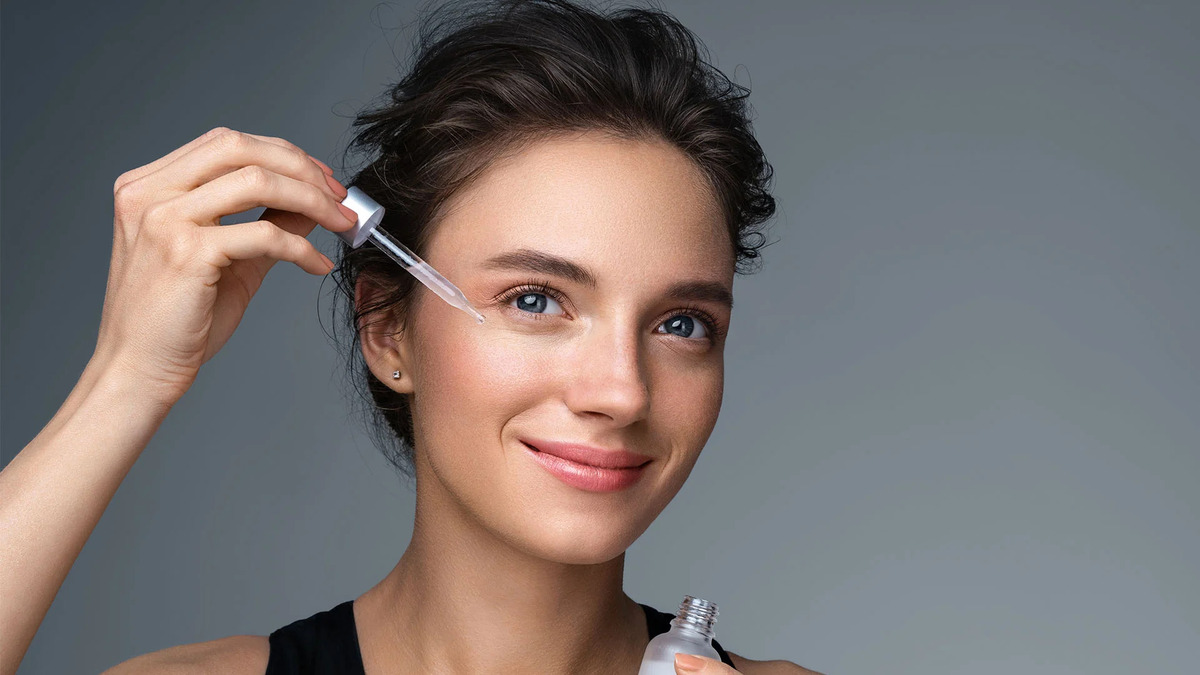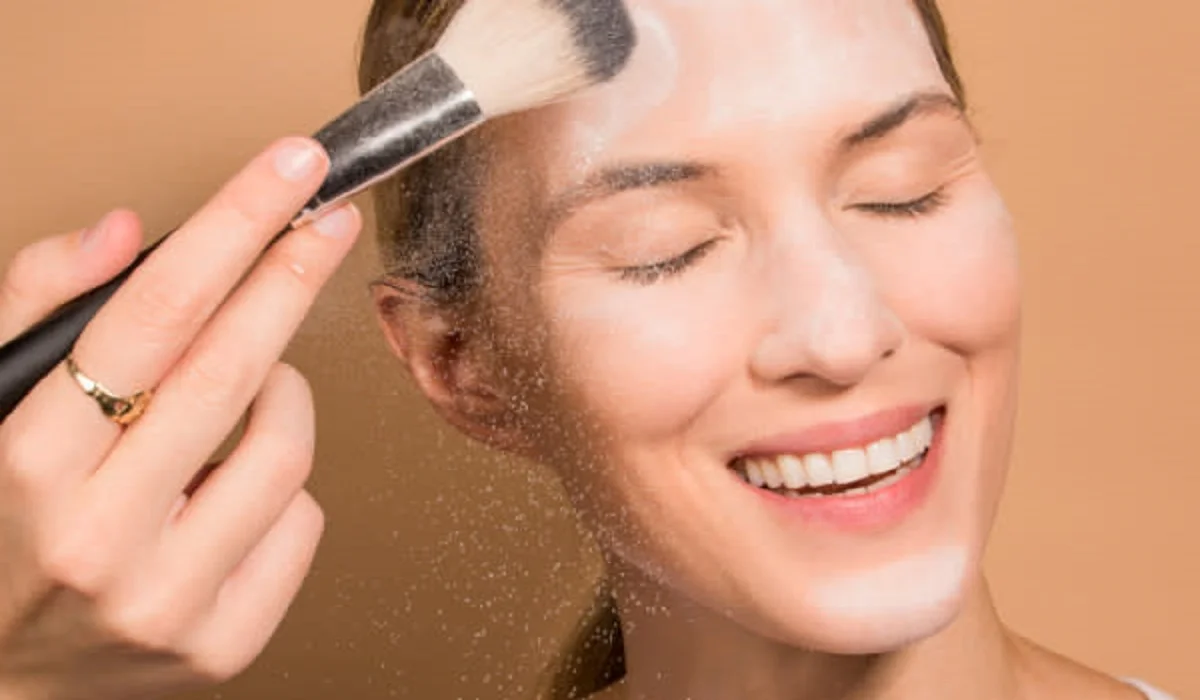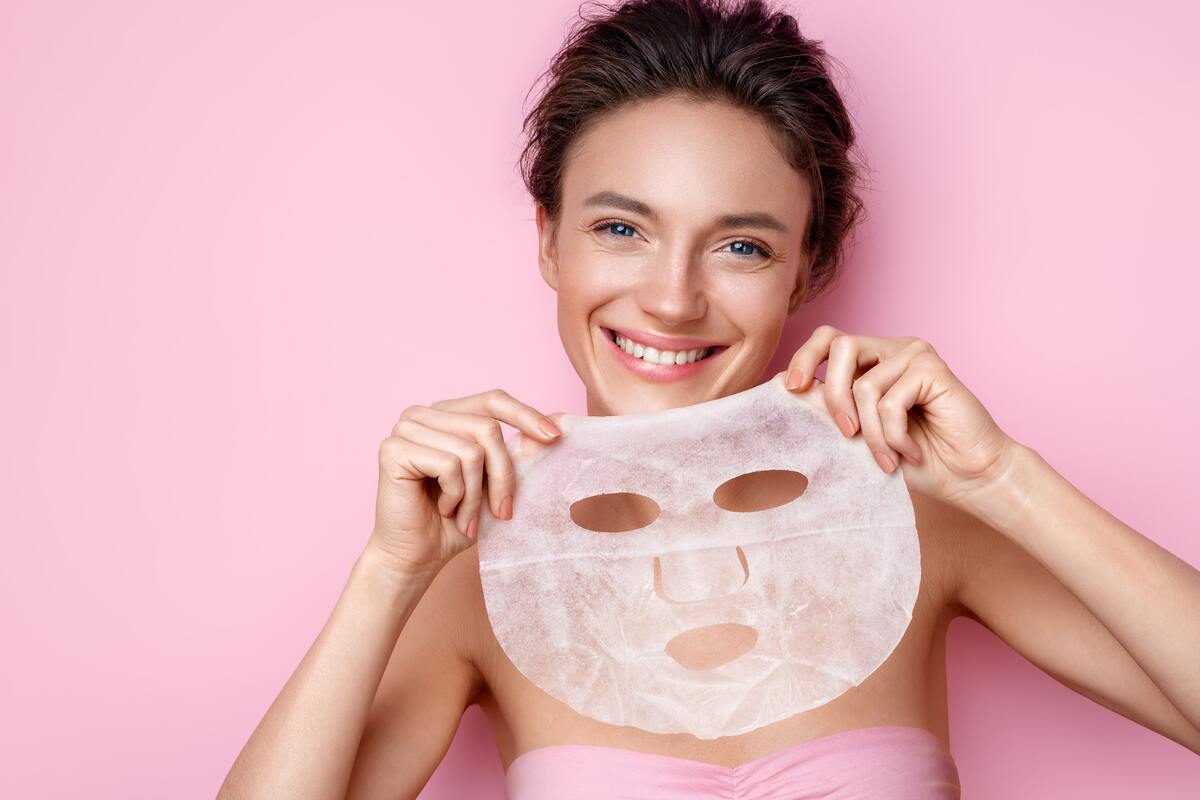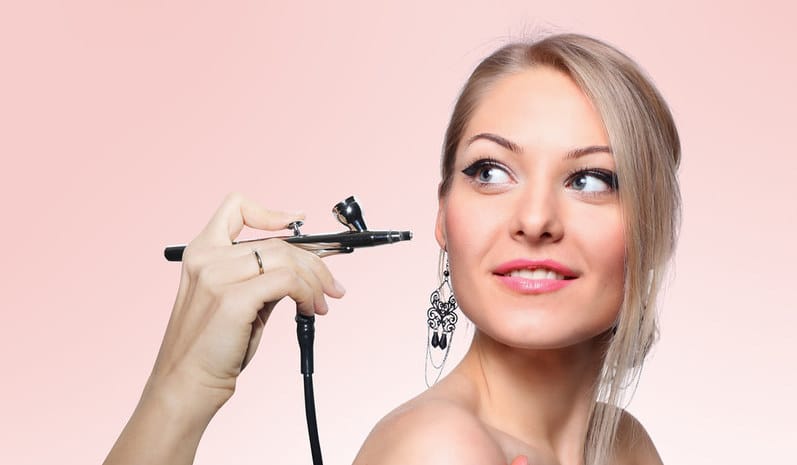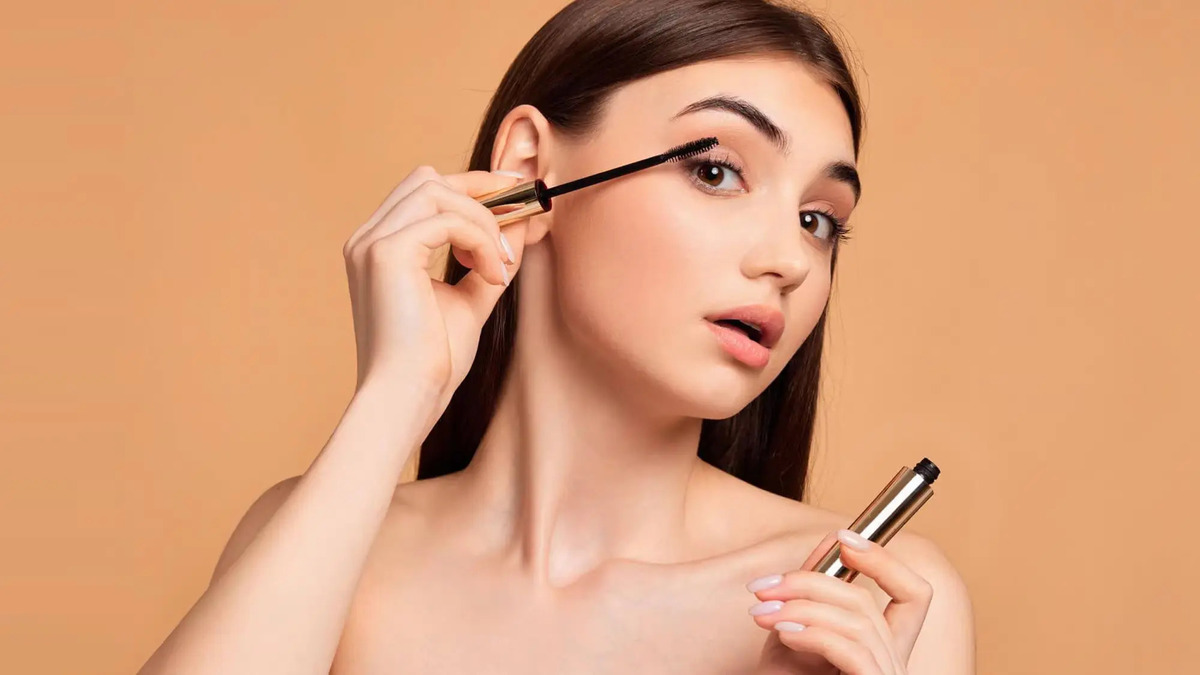Eyelash extensions, a beauty trend that has gained massive popularity worldwide, are not just about adding length and volume to your natural lashes; they’re about enhancing your overall beauty and simplifying your makeup routine. This semi-permanent solution offers a way to wake up every morning with perfectly fluttery lashes, devoid of the need for mascara or curlers. This comprehensive guide dives deep into the world of eyelash extensions, covering every aspect you need to know to make an informed decision and maintain your gorgeous lashes.

Understanding the Basics: What Are Eyelash Extensions?
Eyelash extensions are made from various materials, including synthetic fibers, silk, and mink, each offering a unique look and feel. Applied with precision by a professional lash artist, these extensions adhere to your natural lashes, creating a fuller, more dramatic effect. This section breaks down the different materials, sizes, and curl types available, helping you navigate the options to find the perfect match for your desired aesthetic.
Choosing Your Lashes: A Guide to Types and Styles
The key to achieving your dream lashes lies in understanding the different types of extensions and the styles they can create. From natural and wispy to full and voluminous, the choice of length, curl, and material all play a role in the final look. This part of the guide offers insights into customizing your lash extensions to suit your eye shape, lifestyle, and personal preference, ensuring you leave the salon with exactly what you envisioned.
The Application Process Unveiled
Eyelash extension application is a meticulous process that requires skill and precision. This section walks you through what to expect during your appointment, from the initial consultation to the final care instructions. Learn about the tools and techniques used by lash artists to safely apply individual lashes, the importance of choosing a reputable technician, and what you can do to prepare for your session.
Aftercare: Maximizing the Lifespan of Your Lash Extensions
Proper aftercare is crucial for extending the life of your eyelash extensions and keeping your natural lashes healthy. Discover essential tips for maintaining your extensions, including how to clean them, recommended products to use and avoid, and how to deal with natural shedding. This comprehensive aftercare guide ensures your lashes stay beautiful and intact for as long as possible.
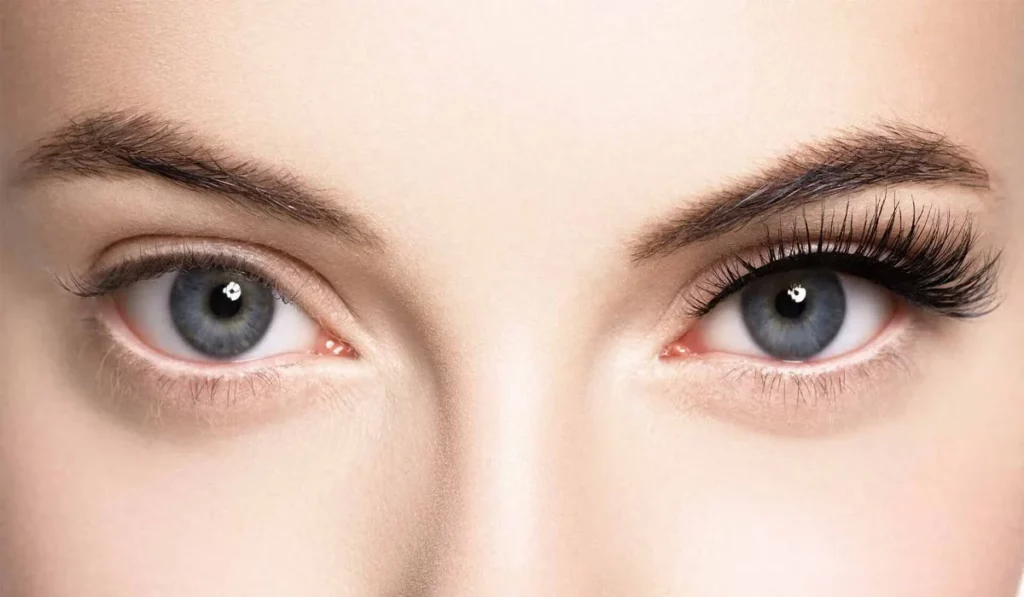
Troubleshooting Common Concerns and Questions
Even with the best care, you may encounter issues or have questions about your eyelash extensions. This segment addresses common queries and concerns, such as what to do if you experience irritation, how to handle premature fallout, and when it’s time for a fill. Expert advice provides solutions and reassures you of the normalcy of certain experiences while wearing extensions.
Safety First: Understanding Risks and How to Avoid Them
While eyelash extensions are generally safe when applied by a trained professional, there are potential risks involved. This critical section delves into the importance of allergy tests, recognizing quality products and adhesives, and identifying red flags to look for in a salon or technician. Prioritizing your health and safety can prevent adverse reactions and ensure a positive lash extension experience.
The Investment: Cost Considerations and Maintenance
Eyelash extensions are a beauty investment, both in terms of time and money. This part of the guide breaks down the average cost of initial application and routine fills, offering tips on budgeting for your new beauty regimen. Additionally, it explores the long-term maintenance required to keep your extensions looking their best, helping you understand the commitment involved.
Deciding When It’s Time to Say Goodbye: Removal and Rest
Eventually, you may decide to take a break from eyelash extensions or opt for removal. This section explains the professional removal process, why it’s essential to have extensions removed safely by a technician, and how to care for your natural lashes post-removal. Understanding the removal process ensures you can make informed decisions about your lash health and beauty journey.
Eyelash extensions offer a transformative beauty enhancement that, with the right knowledge and care, can elevate your look with minimal effort. By understanding the types, application process, and maintenance involved, along with prioritizing safety and health, you can enjoy the myriad benefits of beautiful, long-lasting lash extensions. Embrace this luxurious beauty treatment and revel in the confidence and convenience it brings to your daily life.
- How long do eyelash extensions last? Eyelash extensions typically last for about 4 to 6 weeks, depending on your natural lash growth cycle and how well you follow the aftercare instructions. Regular fill-ins every 2 to 3 weeks are recommended to maintain their fullness.
- Can I wear mascara with eyelash extensions? It’s best to avoid waterproof mascara as it can be difficult to remove and may cause the extensions to fall out prematurely. If you must use mascara, apply it only to the tips of the extensions using a water-based formula.
- Are eyelash extensions safe? When applied by a certified and experienced lash technician using high-quality products, eyelash extensions are generally safe. However, it’s crucial to conduct a patch test beforehand to rule out any allergic reactions to the glue.
- Can eyelash extensions damage my natural lashes? No, eyelash extensions properly applied by a professional should not damage your natural lashes. The key is to avoid rubbing, pulling, or tugging at your extensions, as this can lead to natural lash loss.
- How do I choose the right lash technician? Look for a licensed aesthetician or cosmetologist who specializes in eyelash extensions. Check their certifications, read reviews, view before-and-after photos of their work, and ensure they maintain proper hygiene and safety standards in their salon.
- How should I prepare for my eyelash extension appointment? Arrive with clean, makeup-free eyes and lashes. Avoid using oil-based products around your eyes for at least 24 hours before your appointment, as oils can interfere with the adhesive bond.
- What is the maintenance routine for eyelash extensions? Avoid getting your lashes wet for the first 24 hours after application. Use oil-free cleansers and avoid rubbing your eyes. Brush your lashes gently with a clean spoolie brush daily to keep them neat.
- Can I swim or shower with eyelash extensions? Yes, after the initial 24-hour setting period, you can swim and shower with eyelash extensions. However, avoid direct water pressure on your lashes and pat them dry gently afterwards.
- What should I do if I have an allergic reaction to the lash glue? If you experience redness, itching, or swelling, contact your lash technician immediately. They may need to remove the extensions and recommend an over-the-counter antihistamine. Consult a doctor if symptoms persist.
- How do I remove eyelash extensions? Eyelash extensions should be professionally removed by your lash technician to avoid damaging your natural lashes. Attempting to remove them yourself can lead to lash loss and breakage.
By addressing these frequently asked questions, you can ensure a positive experience with eyelash extensions, enjoying the beauty benefits they offer while keeping your natural lashes healthy.

